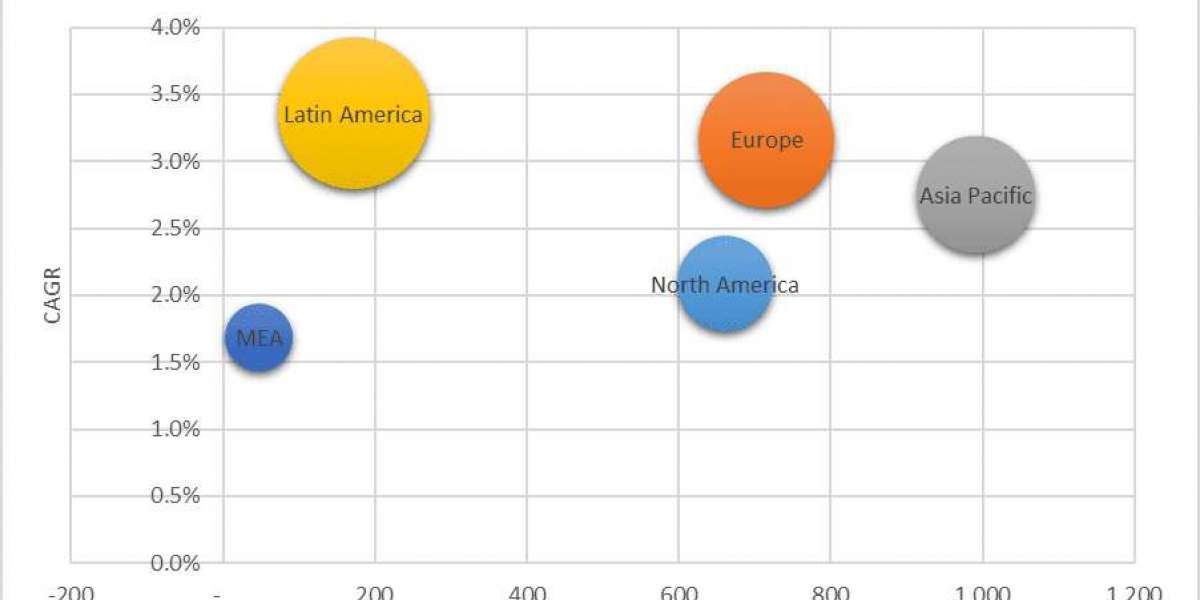The Convergence of Acting and Technology
In recent years, the world of video game development has witnessed a dramatic evolution. This transformation is largely attributed to the integration of performance capture technology, which bridges the gap between traditional stage acting and digital animation. Performance capture, often referred to as "mocap," has become a cornerstone in creating realistic and emotionally engaging characters in video games. As video game development companies strive to push the boundaries of realism, understanding the nuances of building a thriving performance capture environment is paramount.
The Essence of Performance Capture
Performance capture is more than just a technological process; it's a blend of art and science. At its core, it involves recording the movements, facial expressions, and vocal performances of actors to create lifelike digital characters. This technology allows for an unprecedented level of detail and authenticity, making characters in video games more relatable and engaging.
One of the key advantages of performance capture is its ability to capture the subtleties of human emotion. Unlike traditional animation, which can sometimes feel mechanical or exaggerated, performance capture preserves the intricacies of an actor's performance. This results in characters that resonate with players on a deeper emotional level, enhancing the overall gaming experience.
Setting Up a Performance Capture Studio
Creating a successful performance capture environment begins with setting up a dedicated studio. This space needs to be equipped with advanced technology, including high-definition cameras, motion sensors, and specialized software. The layout of the studio should allow for unobstructed movement and clear lines of sight for all cameras.
In addition to the physical setup, it's essential to create a comfortable and conducive environment for actors. This includes providing ample space for rehearsals, comfortable dressing rooms, and areas for actors to relax between takes. A well-designed studio not only facilitates the technical aspects of performance capture but also fosters creativity and collaboration among the team.
The Role of the Director
The director plays a pivotal role in a performance capture environment. Unlike traditional film or stage directors, a mocap director needs to have a deep understanding of both acting and technology. They must be able to communicate effectively with actors, guiding them through the nuances of performance capture while also ensuring that the technical requirements are met.
A good director will work closely with actors to help them understand the constraints and possibilities of performance capture. This includes explaining how their movements will be translated into digital animations and providing feedback on how to adjust their performances to achieve the desired results. By bridging the gap between the technical and artistic aspects of the process, the director ensures that the final product is both technically accurate and emotionally compelling.
Casting for Performance Capture
Casting is a critical component of building a successful performance capture environment. When selecting actors, it's important to consider not only their acting skills but also their physicality and ability to adapt to the unique demands of performance capture. Actors need to be comfortable working in a studio filled with cameras and sensors, often wearing tight-fitting suits with reflective markers.
Additionally, actors should possess a strong sense of spatial awareness and the ability to perform consistently across multiple takes. This consistency is crucial for ensuring that the captured data is accurate and usable. Casting directors should look for actors who can bring a high level of physical and emotional expressiveness to their roles, as this will translate into more compelling digital characters.
The Importance of Rehearsals
Rehearsals are an essential part of the performance capture process. They provide actors with the opportunity to familiarize themselves with the technology and the unique challenges it presents. During rehearsals, actors can experiment with different movements and expressions, receiving feedback from the director and the technical team.
Rehearsals also allow the team to troubleshoot any technical issues and refine the capture process. This might involve adjusting the placement of cameras or sensors, fine-tuning the software settings, or making changes to the studio layout. By investing time in thorough rehearsals, a video game development company can ensure that the actual capture sessions run smoothly and efficiently.
Capturing the Performance
When it comes to the actual performance capture, precision and attention to detail are key. Actors are outfitted with motion capture suits, which are covered in reflective markers. These markers are tracked by an array of cameras positioned around the studio, capturing every movement in three-dimensional space.
In addition to capturing body movements, it's essential to record facial expressions and vocal performances simultaneously. This can be achieved using specialized head-mounted cameras and microphones. By capturing all aspects of the performance in a single session, the team can ensure that the digital character's movements, expressions, and voice are perfectly synchronized.
Post-Processing and Data Cleanup
Once the performance data has been captured, it undergoes a process of post-processing and cleanup. This involves refining the raw data to remove any noise or errors, ensuring that the final animations are smooth and accurate. Specialized software is used to interpolate missing data points, correct marker occlusions, and align the captured movements with the digital character model.
This stage also involves integrating the captured data with the game engine. The animations need to be optimized for real-time rendering, ensuring that they run smoothly on various hardware configurations. By meticulously cleaning up and optimizing the performance data, the team can create seamless and lifelike animations that enhance the overall gaming experience.
Collaboration Between Departments
Building a thriving performance capture environment requires seamless collaboration between various departments within a video game development company. The performance capture team needs to work closely with animators, designers, programmers, and sound engineers to ensure that the captured data is integrated effectively into the game.
Regular communication and feedback loops are essential for maintaining alignment and addressing any issues that arise during the development process. By fostering a culture of collaboration and open communication, the team can overcome challenges and deliver a polished final product.
Future Trends in Performance Capture
As technology continues to advance, the field of performance capture is poised for exciting developments. Emerging technologies such as machine learning and artificial intelligence are opening up new possibilities for automating certain aspects of the capture and animation process. This can significantly reduce the time and effort required to create high-quality animations.
Additionally, advancements in virtual reality (VR) and augmented reality (AR) are expanding the applications of performance capture beyond traditional video games. These technologies offer new ways for actors to interact with digital environments and for audiences to engage with immersive experiences. As the boundaries of performance capture continue to expand, video game development companies will have even more tools at their disposal to create captivating and realistic digital worlds.
Conclusion: The Art and Science of Performance Capture
In the ever-evolving landscape of video game development, performance capture stands out as a revolutionary tool that bridges the gap between traditional acting and digital animation. By understanding the intricacies of setting up a performance capture studio, casting the right actors, and refining the captured data, video game development companies can create lifelike and emotionally engaging characters that resonate with players.
The success of a performance capture environment hinges on a combination of technical expertise, artistic vision, and effective collaboration. As technology continues to advance, the possibilities for creating immersive and realistic digital experiences are virtually limitless. By embracing the art and science of performance capture, the future of video game development promises to be more exciting and innovative than ever before.








